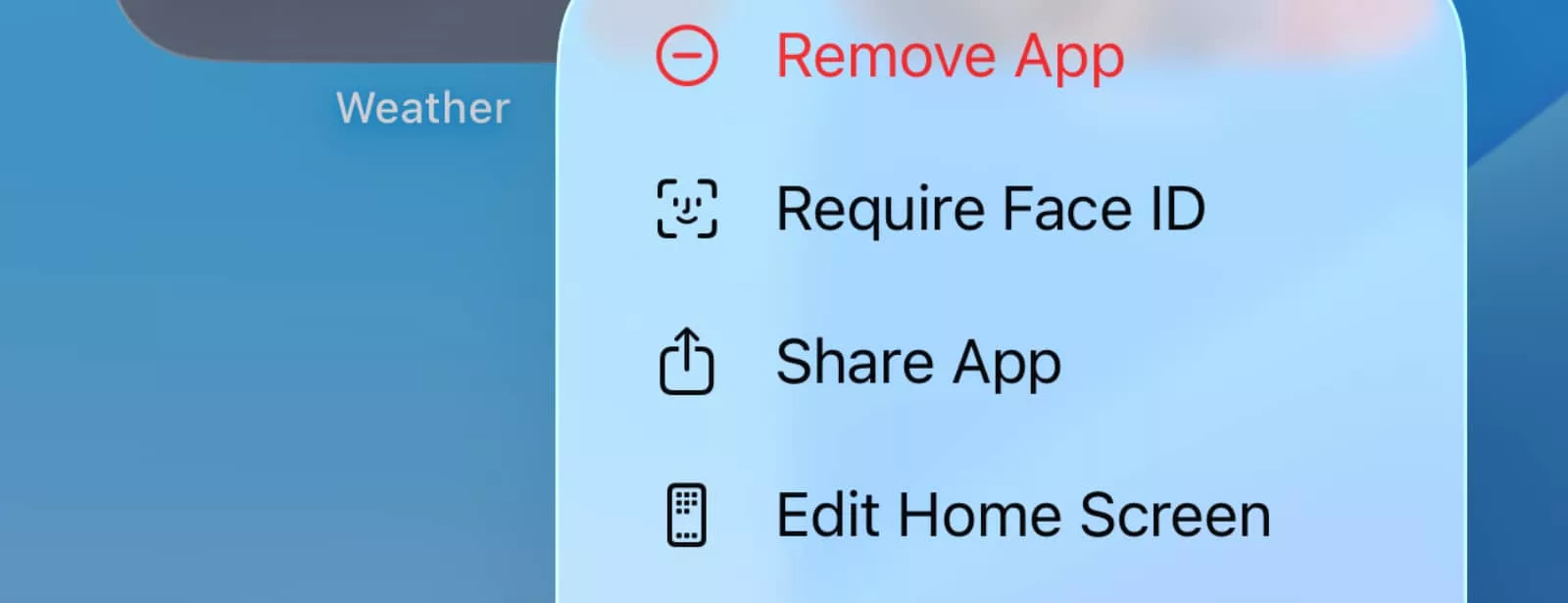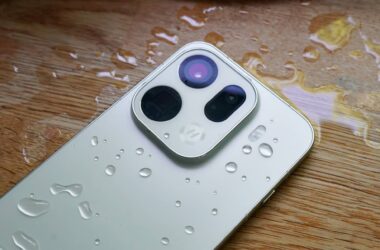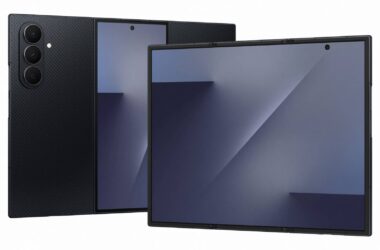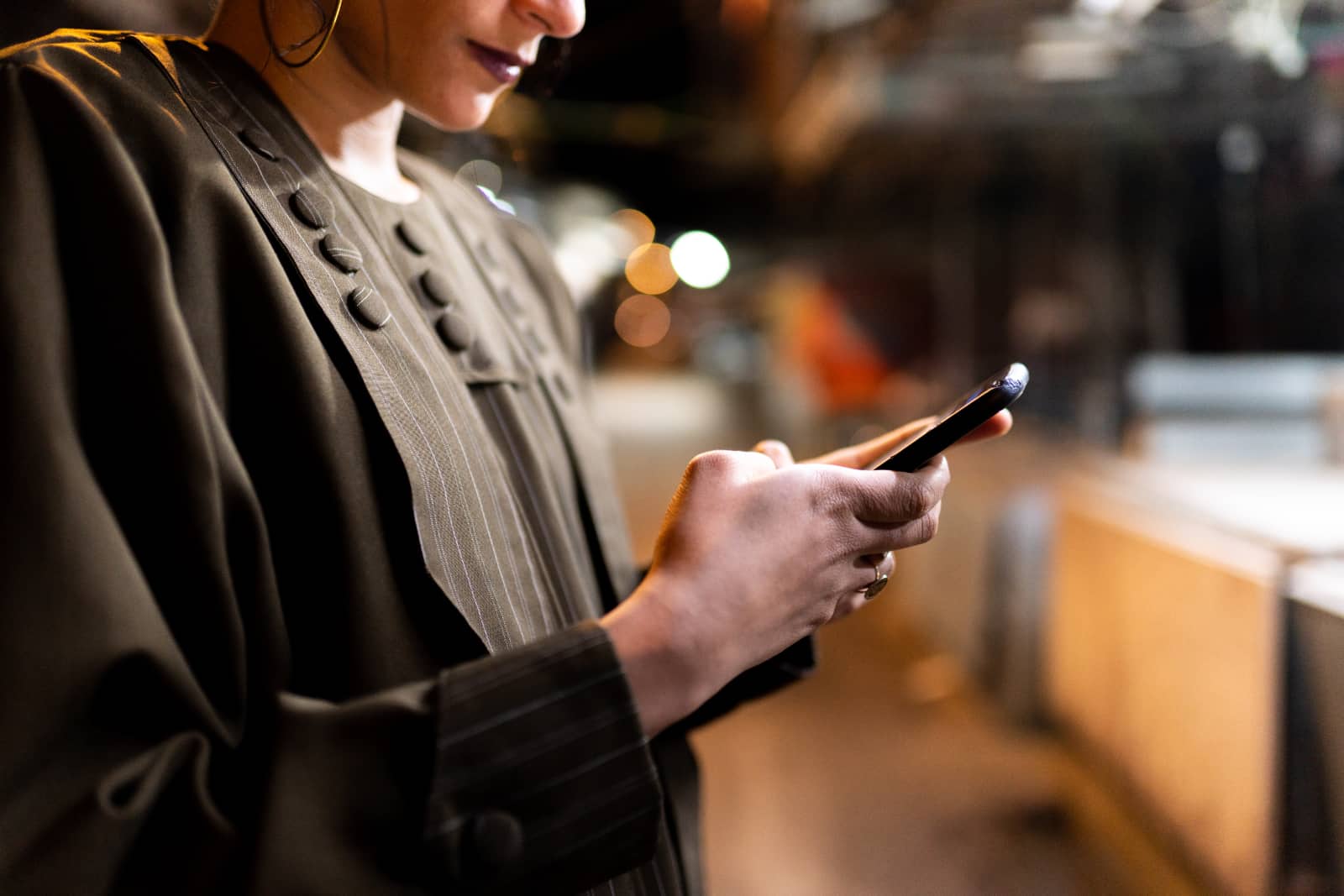Not a fan of having every app up front and available? Don’t just lock it under your PIN; hide it from view altogether.
Phones may well be the convenient micro-computers that replace our wallets and consume our lives, but they also come with a bit of a pitfall and caveat: they’re also relatively large screens that can show everything we’re doing if someone else grabs your phone.
Temporarily hand your phone to a friend, family member, or coworker, and you may feel that twinge of “oh crap, what did I just do”: if they wanted to, they could probably go for a wander and check out your unmentionables, or at the very least, the things you’ve been trying to keep hidden.
Your bank statements are probably hidden behind a PIN they may or may not know, but your browsing history, favourite Reddit threads, emails and social and so much more. They might even see the bands you don’t want to admit you like (or the ones your kids have accidentally added to your library).
This might seem a little glib, but the reality is having an open screen can put apps and information at risk, particularly if you’re prone to handing your phone around, or showing it off.
So there’s a solution: hiding apps. Technically, Apple has two solutions for this worth thinking about: locking and hiding. Hiding is more or less what it sounds like, and is the more aggressive way to prevent access, and it should work on just about any iPhone you can find today, as well as a bunch of iPads, as well.
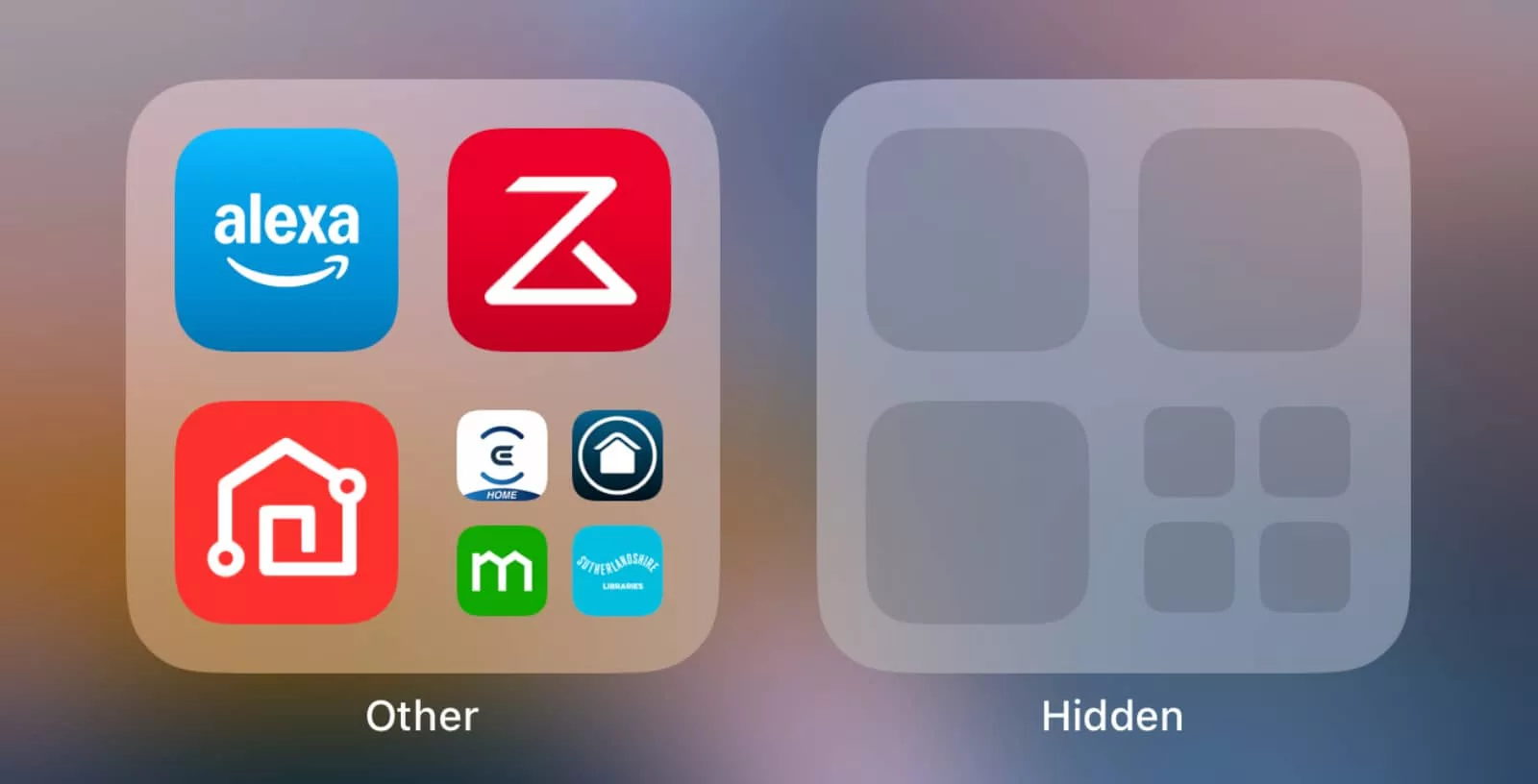
Locking apps on an iPhone
Locking apps is a little different from hiding, because it simply does what it suggests: throws apps behind a secondary layer that checks your PIN or biometrics (Face ID, Touch ID) before you load the app. It’s a little like what you bank app already probably does, but applies to almost any app you have on your phone.
So if you want Reddit to be locked, you can lock the app. And if you want another app locked, you can.
On iOS 18, locking an app is as simple as holding the icon down and pressing “Require Face ID” (if on an iPhone with Face ID) or “Require Touch ID” (if on an iPhone SE or iPad with Touch ID).
Meanwhile, with an iPad, the setting may be found under “Options”, something we’ve tested with iPadOS 26.
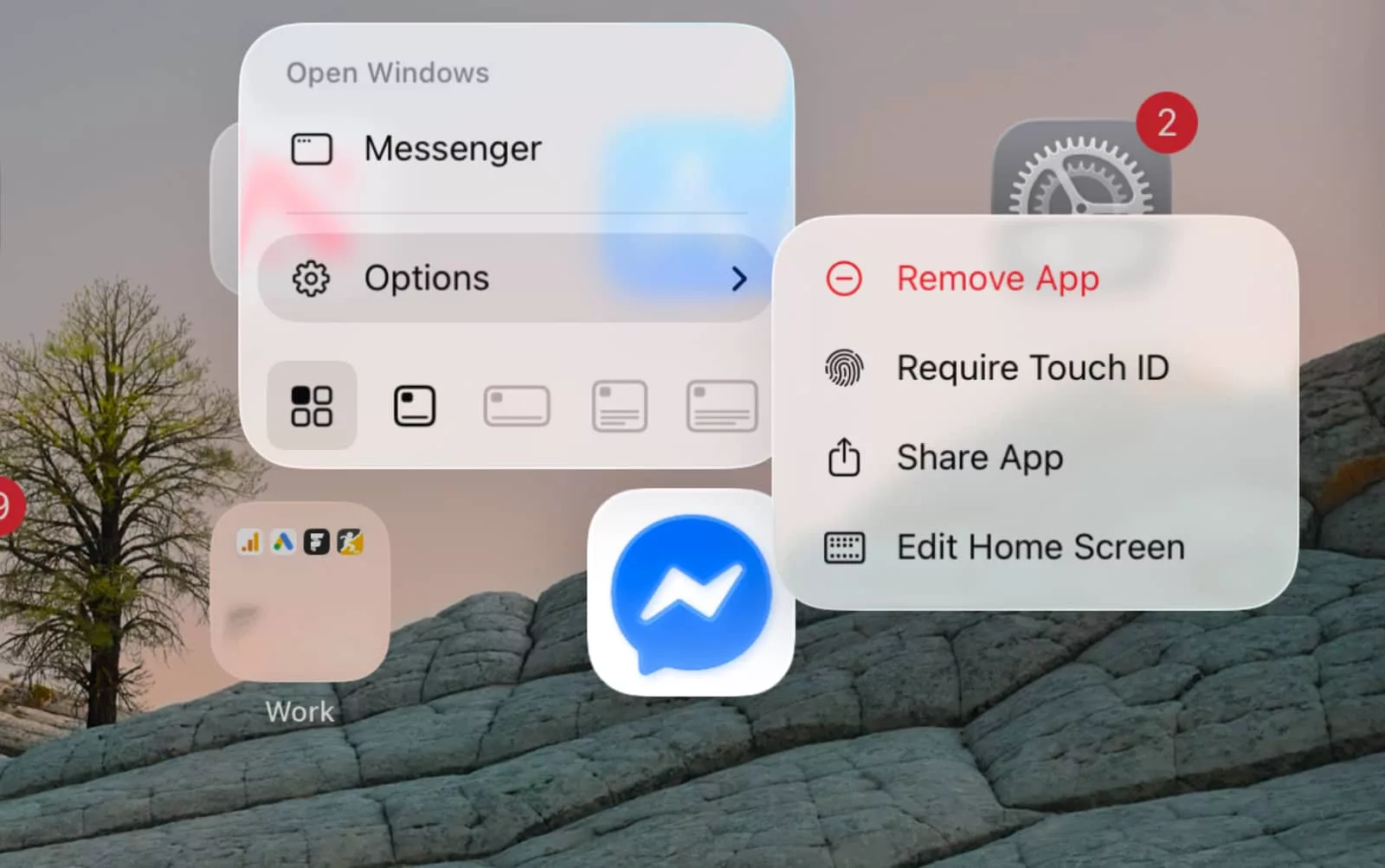
How to hide apps on an iPhone
Once you’ve locked your app, you’ll actually be given another choice: hiding the app.
While locking provides an extra layer of security, hiding goes one step further, removing the app from your home screen and sticking it in a special “Hidden” folder, away from eyes.
You not only need to know where to look to find it, you also need to use your device’s biometrics (face or fingerprint) to unlock the hidden folder and jump into your app.
From there, you’ll know what to do, but with any luck, anyone you’re handing your phone to won’t even know where to look, giving you some sense of security.


